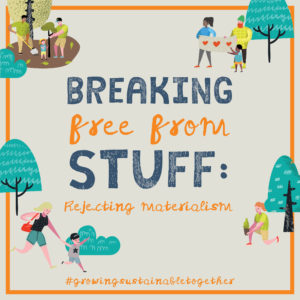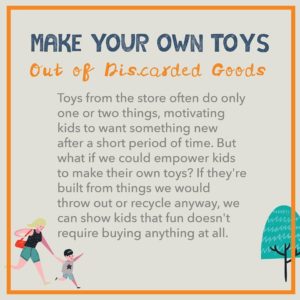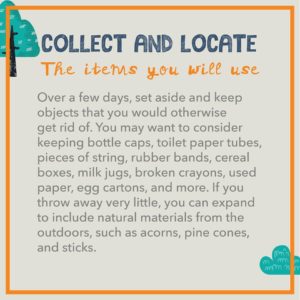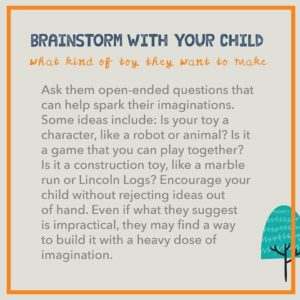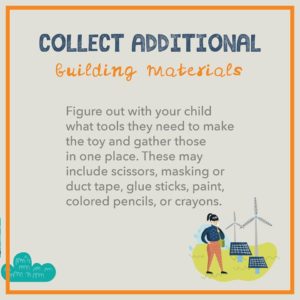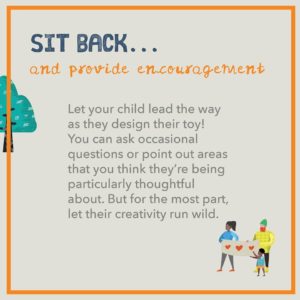In my book Growing Sustainable Together: Practical Resources for Raising Kind, Engaged, and Resilient Children, I talk about how you can use various environmental activities to pass on essential values for your kids. At the end of each chapter, there’s a step-by-step activity for families to do together. Here are some of the activities you can do right now!
In addition to these activities right from the book, I adapted a number of the activities for the Climate Justice Family Toolkit that I developed with Raising Luminaries.
Family Activity: Starting Seeds, from Chapter 1: Connecting with the Food System
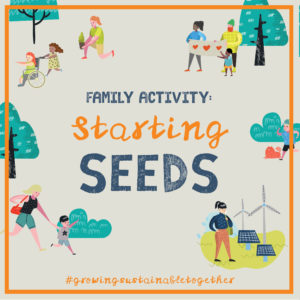
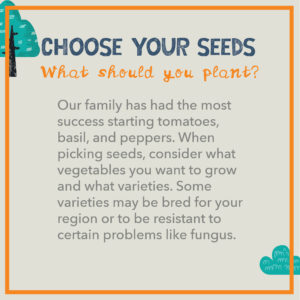
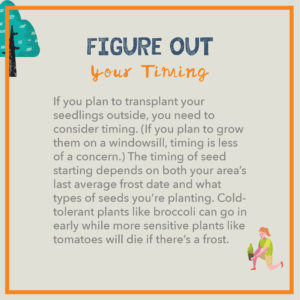
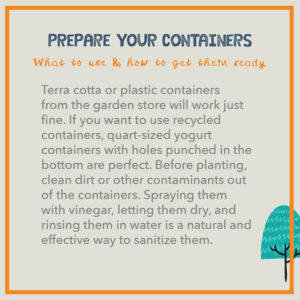
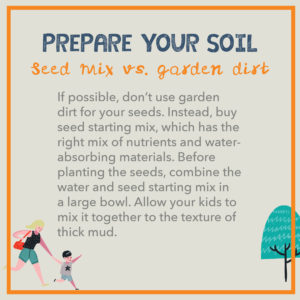
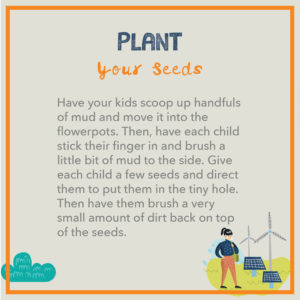
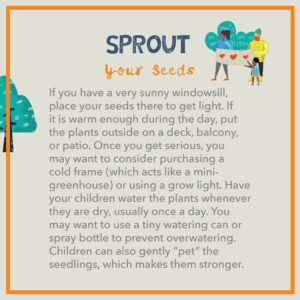
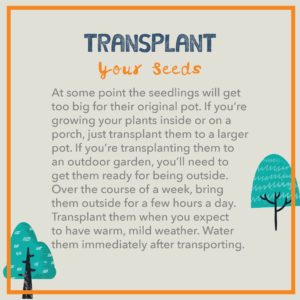
Family Activity: Make Your Own Toys from Discarded Goods, from Chapter 5: Breaking Free from Stuff – Rejecting Materialism
